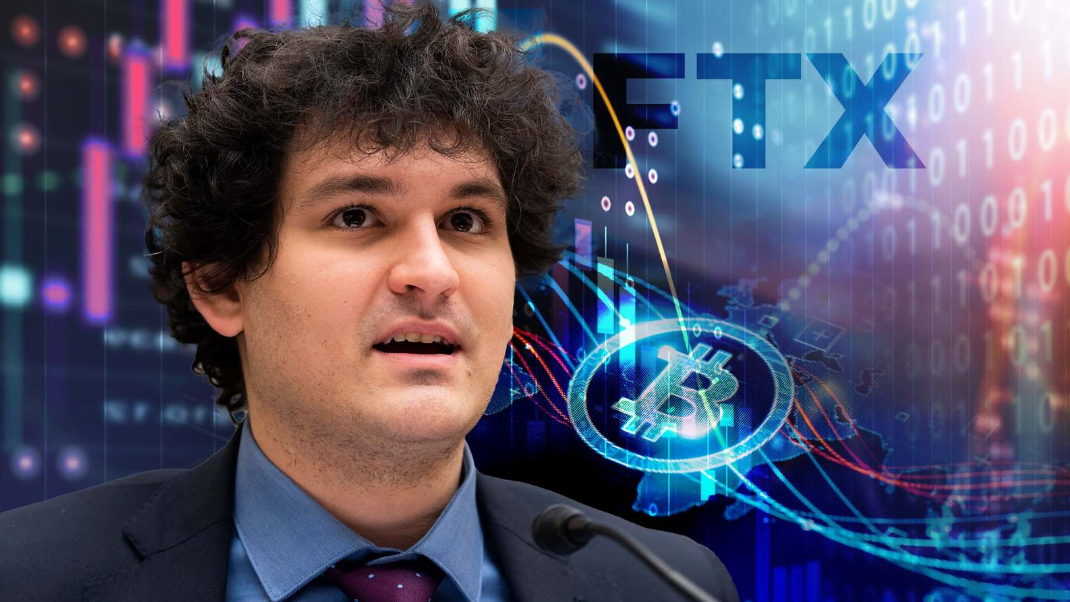Sam Bankman-Fried, founder of cryptocurrency exchange FTX and hedge fund Alameda Research, faces trial in New York starting on October 3. This comes nearly a year after both FTX and Alameda Research collapsed amid allegations of fraud and money laundering, causing substantial damage to these businesses.
In short, Alameda Research allegedly used customer deposits from FTX to invest in fictitious crypto tokens, dependent on confidence in FTX’s operations. As trust eroded, both FTX and Alameda Research suffered major losses, adding to broader cryptocurrency industry disillusionment.
Federal authorities investigated and filed seven fraud and money laundering charges against Bankman-Fried, with the possibility of more charges.
Moreover, key figures in Bankman-Fried’s FTX inner circle have agreed to cooperate with the ongoing investigation, led by Damian Williams, the US attorney for the Southern District of New York.
Concurrently, other legal proceedings related to FTX’s bankruptcy are underway, including a lawsuit filed by the new management against Bankman-Fried’s parents.
In this context, former SEC Official John Reed Stark offers three compelling reasons for expecting a conviction in Bankman-Fried’s trial:
Key Factors in Sam Bankman-Fried Pending Trial: Cooperation, Evidence, and Self-Incrimination

- Substantial cooperation is expected, with the prosecution calling senior corporate insiders like Caroline Ellison (CEO of Alameda Research and Bankman-Fried’s occasional partner), FTX co-founder Gary Wang, and FTX engineering director Nishad Sing. Stark suggests that these witnesses, who pleaded guilty and are cooperating to reduce their sentences, can offer a comprehensive account of FTX’s alleged illegal activities. Additionally, many other informants, defectors, and whistleblowers have reportedly provided the prosecution with ample evidence and insights into Bankman-Fried’s alleged wrongdoing.
- Unprecedented evidence access: John J. Ray III, a seasoned restructuring expert, spent roughly $200 million thoroughly investigating FTX’s activities and uncovering evidence of alleged misconduct. Stark suggests the prosecution likely gained access to Ray’s terabytes of incriminating evidence through collaboration between Ray’s team and law enforcement agencies.
- Self-incrimination and impeachment: After FTX’s collapse, Sam Bankman-Fried’s public relations efforts, including interviews and statements, differed from defense attorneys’ advice.These appearances provided the prosecution with significant visual and audio evidence.This evidence can depict Sam Bankman-Fried as a “pathological, egomaniacal figure” responsible for a major financial fraud, as per the former SEC official.As the trial approaches, Sam Bankman-Fried is in a Brooklyn jail due to his pretrial behavior, which reportedly displeased prosecutors and the judge.
If convicted, Sam Bankman-Fried might face a substantial prison term, potentially reaching up to 115 years. However, in reality, the expected duration is more likely to be in the range of a decade to two.
Read More:
Binance CEO Faces Class-Action Lawsuit for FTX’s Collapse
Haru Invest CEO Hints at Recovery Plan Amid Turmoil and Legal Challenges

